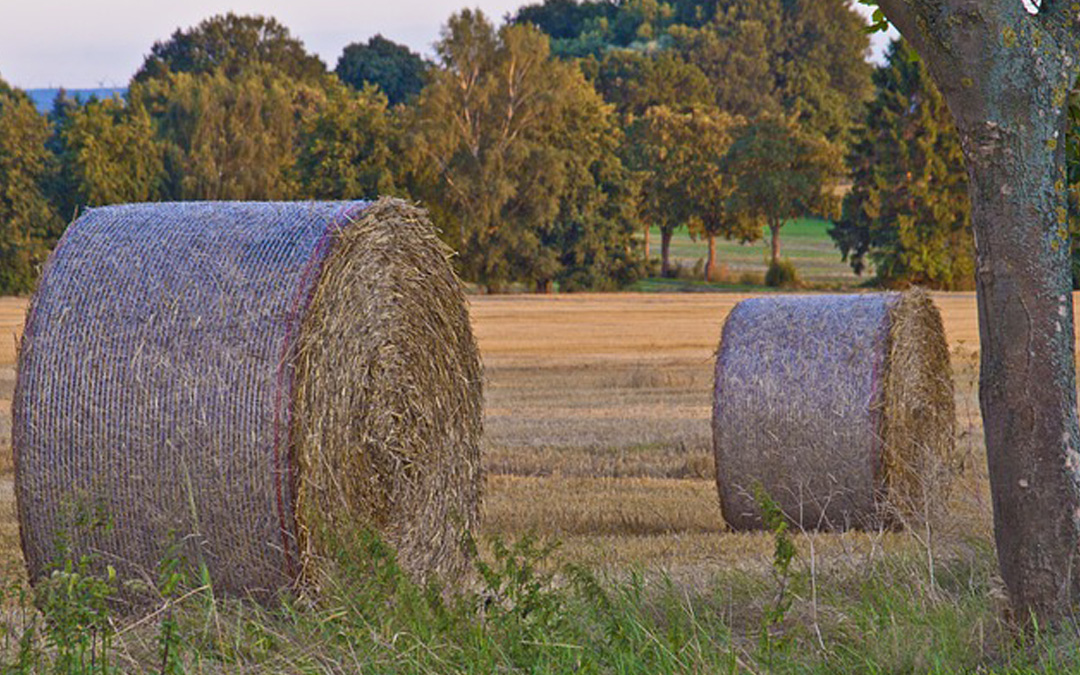Soil and Climate Change Part 2

In her previous article, Bev described the importance of looking after agricultural soil in order to store more CO2. In this article, she looks at the impact of regenerative farming techniques on improving soil.
While still a small percentage of all farmers, (estimated to be approx. 12%), regenerative farming is a trend that is gathering momentum and has the potential over the next 10 years to significantly impact the farming sector.
By all accounts these farmers are happier too. They like seeing healthy soils and plants, not having to deal with chemicals and not having to pay for them (chemical inputs are approx 30% of total cost of production). The farmers become part of a community that is cooperative and collaborative, sharing information and providing mentoring to new entrants.
I attended an on-farm event a couple of years ago. A very successful farmer, cropping 3500 hectares in semi-arid north central Victoria, who was gradually introducing regenerative farming practices, opened his farm and operations to approx. 100 local farmers. He demonstrated what he did and how he did it. He even opened his books for the farmers to see his records (a family farm, with records over 100 years) including yields and profit.
Many farmers I spoke to told me they had started this transition away from conventional agriculture practices as they were sick of the chemicals and sick of the “more-on” advice. The agronomist’s solution to a problem was to “put more on”, increasing chemical sales but not solving the problem and often creating another problem that required another chemical.
How does regenerative agriculture work? While each landscape, farm and farmer are different, they generally follow common principles mentioned above. Click here for more detail on regenerative principles.
Using the power of the sun and water, farmers replicate the process nature devised over millions of years – photosynthesis. Plants draw down CO2 and, together with water and sunshine, create sugars and carbohydrates for the energy they need to grow. What is less known is that they also send approx. 30-60% of those sugars down their roots to feed the biology and fungi in the soil. The plants, bacteria and fungi have a symbiotic relationship, where the plants provide the energy, and the biology provides the nutrients the plants need to grow and thrive.
The energy captured during photosynthesis and stored in carbon compounds serves as ‘fuel’ for life on earth. Carbohydrates and other nutrients in grasses, fruits, vegetables, and grains provide energy and nutrients for animals and people.
Over time this process builds healthy soil. Of course, central to this process is the more plants there are and the more diversity of plants, the more diverse the life in the soil and the more life in the soil can provide the nutrients the plants need.
Bare soil starves the life in the soil and the heat from the sun kills them. You rarely see bare earth or monocultures in nature. All the while during this process, carbon is produced and stored deep in the soil. With more carbon and organic matter in the soil, the water infiltration rates improve, so that when it rains the soil absorbs the water and holds it there. In flooding events, soils with high organic matter absorb the water compared to soils with little organic matter which cannot absorb the water which runs off the land taking the topsoil with it.
How much carbon can plants draw down from the atmosphere and store in the soil? There are many estimates. It is difficult to replicate exactly conditions in nature to conduct experiments. Dr Christine Jones, an eminent soil scientist and soil carbon expert, estimates conservatively that the potential of drawing down carbon from the atmosphere using regenerative agriculture practices to be 5-20 tonnes of C02 per hectare per year. There are other more ambitious estimates, however the process has many advocates. Paul Hawken (ed), “Drawdown, the most comprehensive plan ever proposed to reverse global warming” says of regenerative agriculture, “no other mechanism known to mankind is as effective in addressing global warming as capturing carbon dioxide from the air through photosynthesis”.
There are some limited experiments at universities on soil carbon sequestration and there are also some trials with farmers. However, very conservative science folk find it difficult to manage and understand the complexities of nature in their experiments. I like to listen to the farmers that are building the carbon in their soil (proven with measurements taken), growing nutritious food with limited or no chemicals, looking after their animals and looking after the land in their care.
Listen to their stories here:
Short YouTubes, 4min to 8min long
The Regenerative Farmers – David Marsh – 6min
Bruce and Roz Maynard – The Lazy Farmers from Narromine NSW – 8min
Put carbon where it belongs – back in the soil – 7min
What is Regenerative Agriculture? – 4min
The soil story – 4min
Written by Bev Middleton
